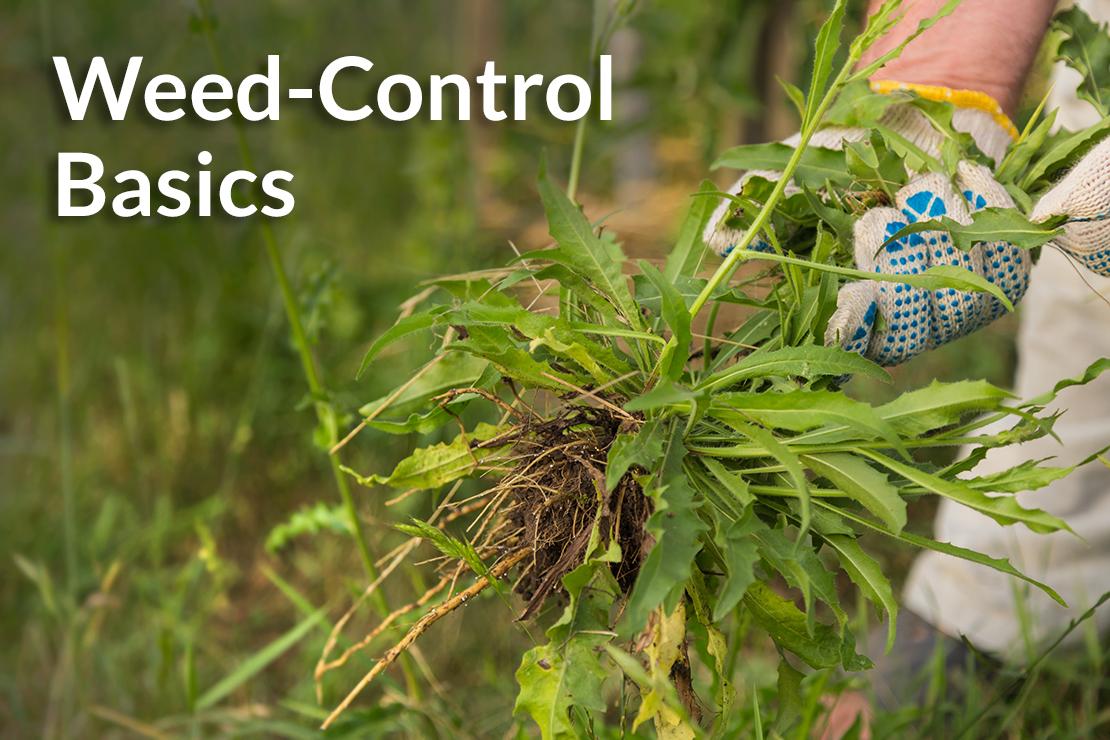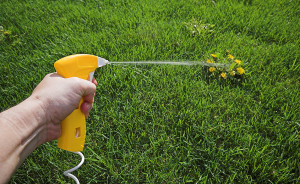
Weeds are nuisances on any property, but when left unmanaged around the farm, they can quickly begin hindering the efficiency of the operation. To combat weeds quickly and efficiently and get back to work, it’s important to know what you’re dealing with so you can choose products or removal methods that consistently deliver results.
Education is key
Identifying common weeds
The first step in knowing how to combat weeds is to understand what types are causing problems on the property. After identifying what type of weeds need to be removed, deciding on products or tactics becomes easier. Some common weeds include:
- Crabgrass
- Sandbur
- Henbit
- Dock
- Thistle
- Bindweed
Types of herbicides
After figuring out what weeds need managed, the next step is to understand the types of tools at your disposal. Here are some common categories of herbicides, each for different situations.
- Pre-Emergent: Prevents germination to keep weeds from ever growing
- Post-Emergent: Kills actively growing weeds through contact
- Selective: Targets specific monocots (grasses) or dicots (broadleaf plants)
- Nonselective: Kills any plant that it contacts
- Total Vegetation: Kills all existing plants and can prevent future growth
RELATED: Preparing Your Property for Spring
Get your hands dirty
Know how to strike
Whether utilizing herbicides or pulling weeds by hand, understanding how and when to act is the most effective way to manage weeds. When unsure how to remove a weed, think of the old saying, “Pull when wet; hoe when dry.” Pulling a wet weed after a drenching rain (or after using a hose) is more likely to remove the entire root system. Not only will this remove the entire weed, it will also ensure that neighboring plants remained untouched. When using a hoe to remove dry weeds, make sure it has a sharp edge to ensure these roots are cut off completely.
Utilize mulch
Cut off access to sunlight and nutrients by adding a layer of mulch to that area. Mulch will cover up and suffocate weed seeds, stopping them from growing.
Know how short to go
Weeds thrive in short grass, so avoid cutting grass too short with a mower. With increased sunlight reaching weed seeds, they’re given an opportunity to grow with little hindrance. As a rule of thumb, avoid cutting grass below two inches.
Finding the right products
If hand-to-hand combat isn’t an option, go into battle with weeds using products proven to work. Find out which products will work best for property-maintenance needs by talking to a Ragan & Massey expert, available HERE. In lieu of an expert, here are some proven products.
- RM43™ – Total Vegetation Control can be used as a bare-ground treatment to prevent vegetation for up to one year or for spot control of brush, vines, and weeds along fencerows, around farm buildings, on vacant lots, along roadsides, and more
- BRUSHTOX™ – Broad-spectrum herbicide that controls woody plants such as mesquite, kudzu, sweetgum, Virginia creeper and scotch broom, and broadleaf weeds such as Canada thistle or milkweed
- CompareNSave® – A line of proven products featuring glyphosate grass and weed killers, broadleaf weed control and more

